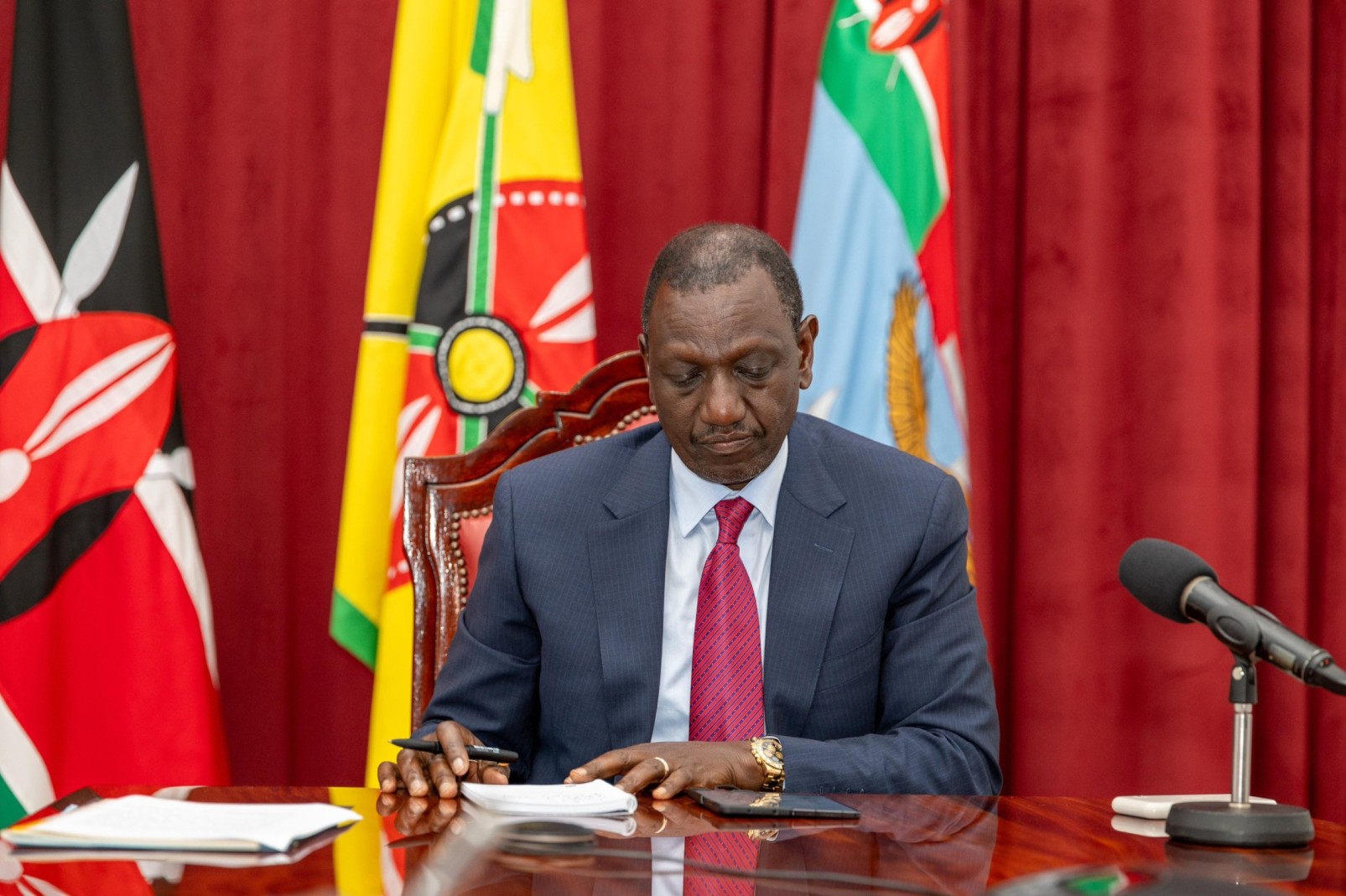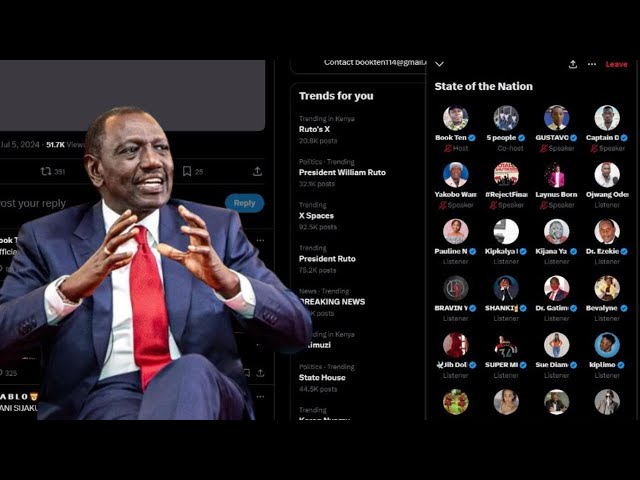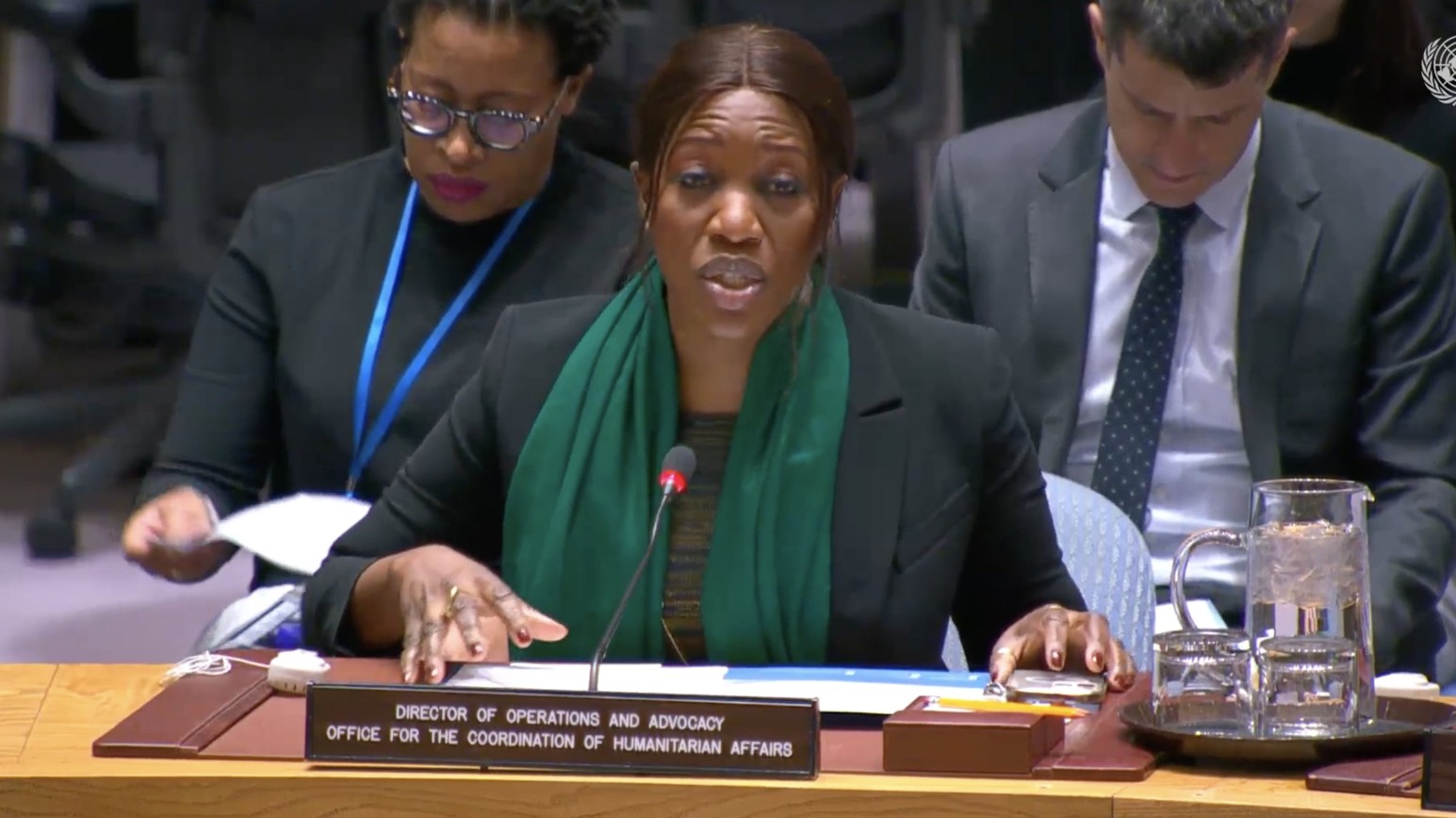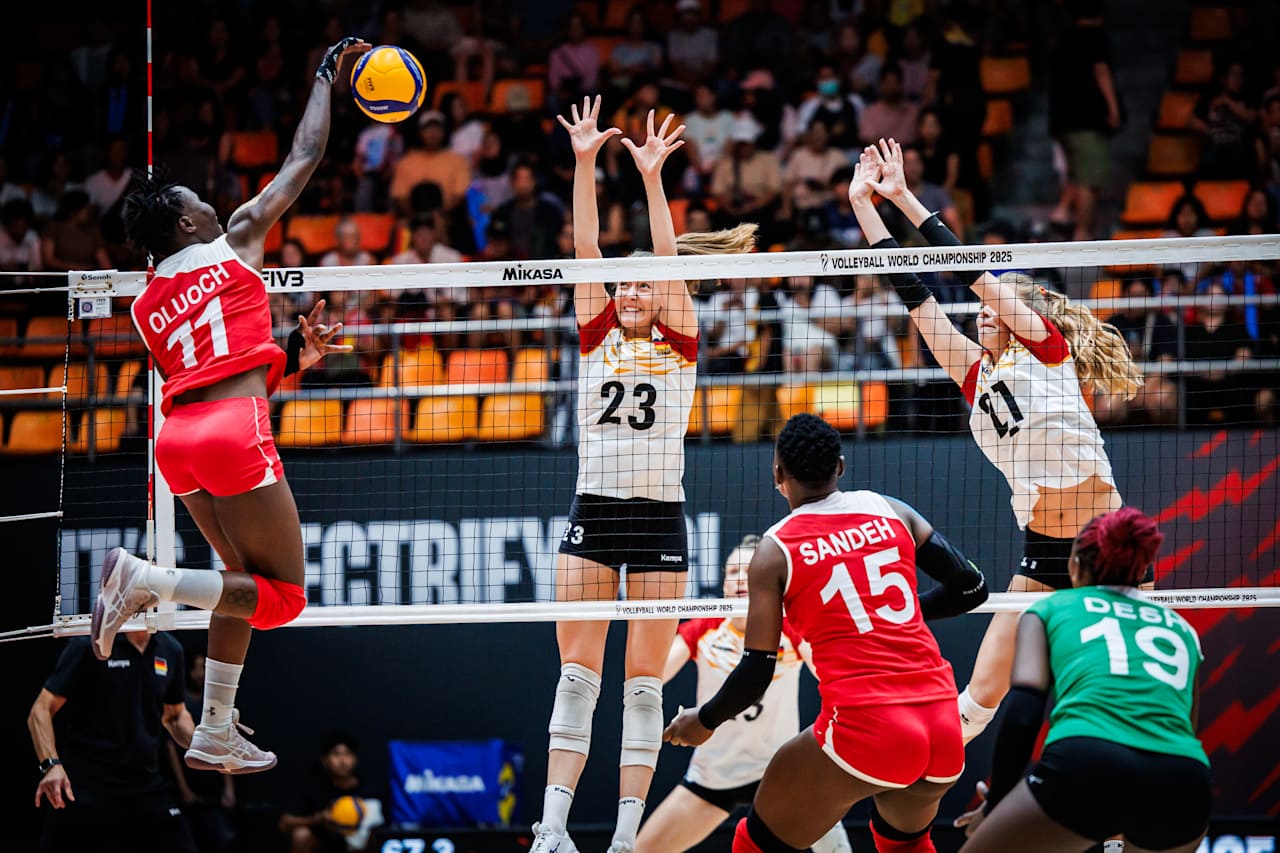X Spaces: The new revolution frontier for youthful Kenyan activists

The platform is becoming increasingly popular, thanks to users based both in Kenya and abroad.
Before the advent of advanced technology on the information and communication front, the state decided if people were going to hold gatherings or not, since it had the monopoly of allowing or calling off meetings anywhere and at any time.
For instance, at the height of the clamour for Kenya’s multiparty democracy in the 1990s, the totalitarian government of former president Daniel Moi banned gatherings at venues such as Kamukunji Grounds and Uhuru Park to keep off pro-democracy and good governance agitators.
More To Read
More than 30 years later, over 100,000 people can meet, discuss and make resolutions on whatever agenda they are pushing, thanks to the online X Spaces.
The meetings on X Spaces can happen at any time and for any duration the attendees desire and they can choose topics of discussion without the fear of censorship.
So popular were the online meetings during Kenya’s recent agitation for good governance that President William Ruto had to engage Kenyans on X Spaces following pressure and demands of the masses to listen to grievances advanced by protesting youths.
How does X Spaces work and how different is it from other meeting platforms in the digital space?
X Spaces is a pretty good copy of either Zoom or Google Meet. One major difference is its ability to facilitate conversations and support group calls with people you already know on X, compared to Zoom or Google Meet.
The platform is becoming increasingly popular, thanks to users based both in Kenya and abroad.
Talia Wanjiru, a pro-reforms youth who is an enthusiast of X Spaces told The Eastleigh Voice that the beauty of using the platform whose popularity is growing among Kenya’s young population is that it has a few obvious nice-to-have features like audience reactions and emoji reactions.
“You can host a room, share it with your friends, invite listeners, they raise their hands, you call them up on stage, etc. This makes it user-friendly and informal unlike other platforms,” Wanjiru said.
According to her, the very first X Spaces she attended had a hundred participants. After seeing how much her followers were interested, she decided to do it regularly by tackling topics of general interest.
“I invite specialists depending on the subject who make excellent presentations and then answer questions from the audience," she said.
Mike Musau, another X Spaces user, said the social network meeting arena, formerly referred to as Twitter Spaces, is a combination of format, audience and vibe.
“The X Spaces already has a very specific vibe and an existing audience. It has a way of making someone discover interesting ideas and conversations outside their bubble. I think that is an exciting idea,” Musau said.
He finds in X Spaces a way to connect the world, make it even smaller, meet people, exchange, learn and teach.
“If we use tools like X and X Spaces to build community and connect people and form the relationships that give us more of a global reach, the Kenyan community on X as a whole will become more powerful than ever. We have a wider network and more people than we get credit for, and if we can come together we will be able to do amazing things," he said.
Since its test phase at the end of 2020, the platform has witnessed dozens of discussion sessions daily around various subjects ranging from cinema, politics, cooking and fashion.
 President William Ruto engaged youth on X Space on July 5, 2024. (Photo: PCS)
President William Ruto engaged youth on X Space on July 5, 2024. (Photo: PCS)
Its backers argue that it’s like a Zoom call with no video, so there’s no need to get all dolled up. They say it is better than a Zoom call because you don’t need a unique link or meeting code to join the conversation.
Whether you are hosting, listening, or speaking during an X Spaces, you can see a live view of captions on the screen. This functionality makes an audio feature accessible to everyone. Live Spaces also appear at the top of a user’s timeline highlighted in purple to note that they can join.
The host is not the only person to speak during an X Spaces meeting as it includes up to 11 speakers at once, creating a dynamic conversation. The host also has safety tools to remove or block users.
Popular
Information and Technology Expert Kennedy Milando told The Eastleigh Voice that X Spaces is growing in popularity because of its capability of accommodating convenient, small group audio calls with co-workers or close friends during conversations.
Room Participation in X Spaces works like other interactive platforms like Clubhouse; the room is divided into speakers and listeners. Moderators can turn listeners into speakers, and listeners can raise their hands to indicate they wish to speak.
The use of X Spaces and social media platforms to agitate for social and governance change has not started in Kenya. Youths and active citizens of other countries have been in this too.
For instance, Moldova is this year marking the 15th anniversary of the so-called “Twitter Revolution” when the Communist regime of former president Vladimir Voronin was overthrown by mainly youthful protesters in Chisinau.
The name “Twitter Revolution” comes from the way messages in support of the protests were spread through Yahoo Messenger on the internet.
International media later named the protests the “Twitter Revolution”. It was the first time such protests had gone viral on social media. The so-called “Arab Spring” followed a few years later.
Today, the use of X and other online platforms has been on the rise in elections in many African democracies. Politicians are using X to engage with their supporters by sharing ideas and receiving feedback on different issues.
They are now more accessible to their voters since the latter can directly and instantly contact them and expect feedback in real time. Information on political issues is being shared by the public through tweets and retweets, and the public can air their grievances, ideas, and support for their preferred political candidates.
Top Stories Today
















































